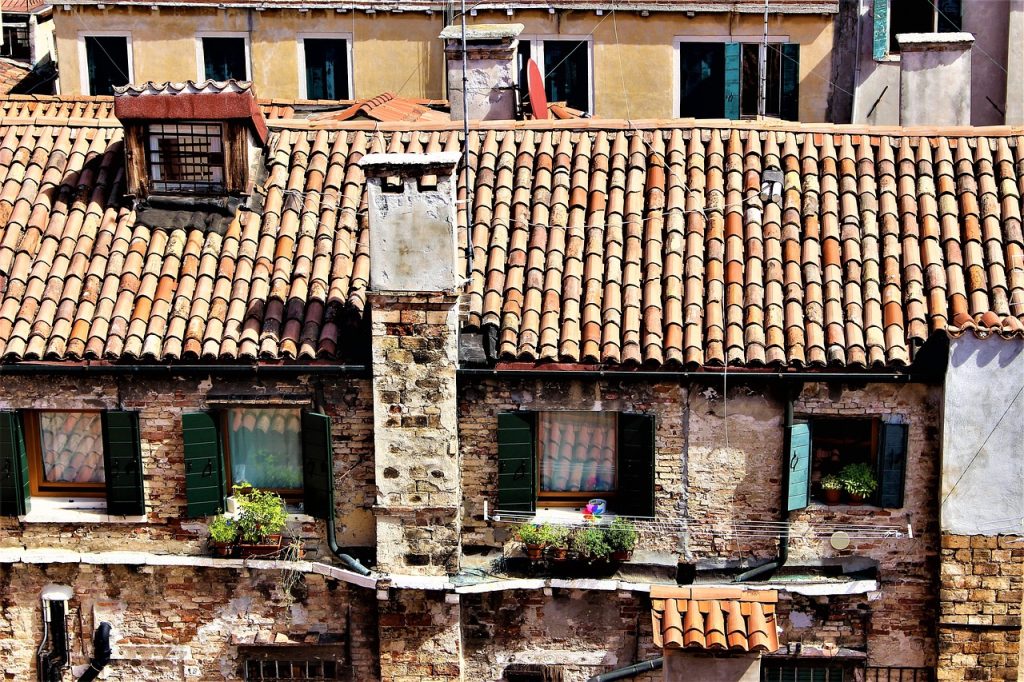
A brick chimney is a classic addition to any home that provides warmth, character, and a sense of comfort. However, over time, weather and natural wear and tear can cause damage to your chimney, leaving it in a state of disrepair. And sometimes the water damage in your house can have high repair costs and affect chimney safety.
Assessing the Damage:
Explore the importance of chimney repair, how to assess the damage, and what actions you can take to restore your chimney’s safety. Water damage to your house and repair costs can seem daunting. But you definitely have options. One of the first steps in restoring your chimney’s health is to assess the damage. Here are some key things to look for:
Minor cracks: Hairline cracks are common and often cosmetic, requiring monitoring but not immediate action.
Larger cracks: Cracks wider than ¼ inch indicate deeper structural issues and warrant professional evaluation.
Spalling bricks: Flaking or crumbling bricks signify advanced deterioration and demand immediate repair.
Leans or bulges: These signs point to potential structural failure and require an emergency response from a qualified professional.
The Urgency Factor:
Once you’ve assessed the damage, you’ll need to determine the urgency of the repairs. Here’s what to consider:
Minor cosmetic issues might not pose an immediate threat, but addressing them early prevents further damage and maintains your chimney’s aesthetic appeal. However, larger cracks, spalling bricks, and structural concerns require prompt attention. Ignoring these issues can lead to:
Water infiltration: Damaged mortar allows water to seep into the chimney, causing internal damage, mold growth, and potential foundation issues.
Fire hazards: Cracks and gaps create pathways for flammable debris and sparks, increasing the risk of chimney fires.
Carbon monoxide leaks: Damaged chimneys can leak harmful carbon monoxide gas into your home, posing a serious health risk.
Structural collapse: In severe cases, neglected chimney problems can lead to partial or complete collapse, endangering your property and safety.
Taking Action:
Once you’ve determined the urgency of the repairs, it’s time to take action. Here’s what to do:
Schedule an inspection by a certified chimney sweep: They can assess the severity of the issue, recommend the necessary repairs, and ensure your chimney’s safety and functionality are restored.
Consider the materials: If your chimney is in need of repair, consider the materials used. Traditional brick and mortar have been the standard for many years, but new materials like stainless steel or precast concrete are becoming increasingly popular.
Regular maintenance: To ensure your chimney stays in good condition, regular maintenance is key. This includes annual inspections and cleanings, as well as monitoring for any signs of damage.
A brick chimney is a classic and charming feature of any home. However, it’s important to remember that it requires regular maintenance and repairs to ensure its safety and functionality. By assessing the damage, determining the urgency of the repairs, and taking action, you can restore your chimney’s health and enjoy its warmth and character for years to come.





